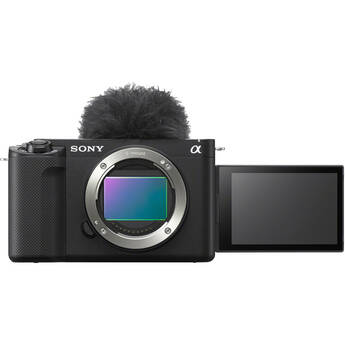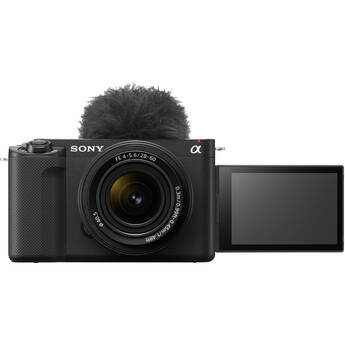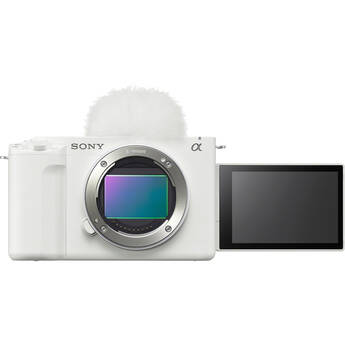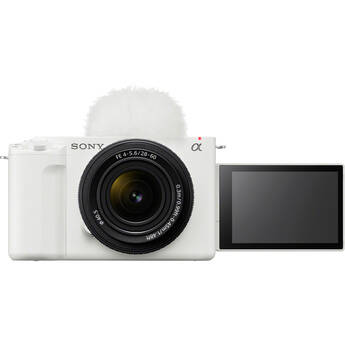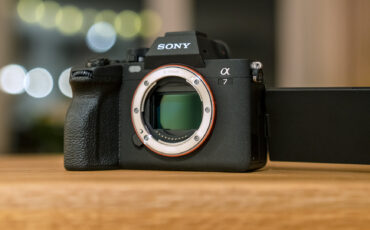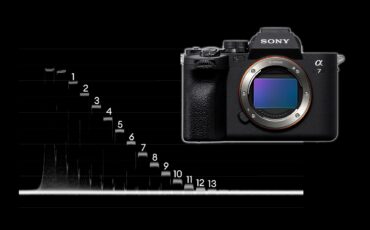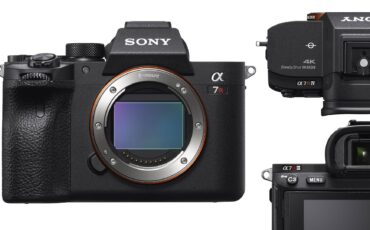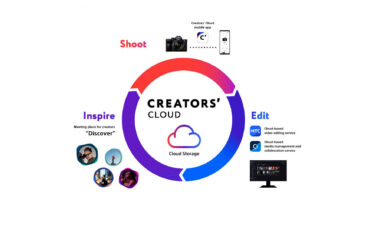Sony ZV-E1 Announced – Compact Mirrorless AI-Powered Full Frame Camera for Vloggers
Restriction-free music courtesy of Epidemic Sound. Sign up here: Epidemic
Sony has just announced a new compact full-frame E-mount mirrorless camera with many exciting features: the Sony ZV-E1. Among the exciting features, one can find recording footage internally in 4K at 60p in 4:2:2 10-bit all-intra onto SDHC/SDXC memory cards, which is especially interesting for filmmakers and content creators. In addition, a future free firmware update will unleash this little beast’s full 4K120p and HD240p capabilities. So let’s take a closer look at the rest of the features this new hybrid Sony camera has to offer!
The targeting of Sony’s lineup of products for video makers is now very clear: for vlogging, you can get the ZV-1, ZV-1F, or ZV-E10 cameras. If you want to push things further, you have Sony a7 IV mirrorless camera or the Sony FX30 cinema camera. Furthermore, the Sony FX3 and the a7S III are perfect for freelancers and one-man-band filmmakers. Finally, the FX6/FX9 and even the VENICE 2 are Sony’s high-end cinema cameras for professionals.
But what if you blend multiple lineups of products into one new professional vlogging camera called the Sony ZV-E1? Let’s find out!
Sony ZV-E1 – form factor
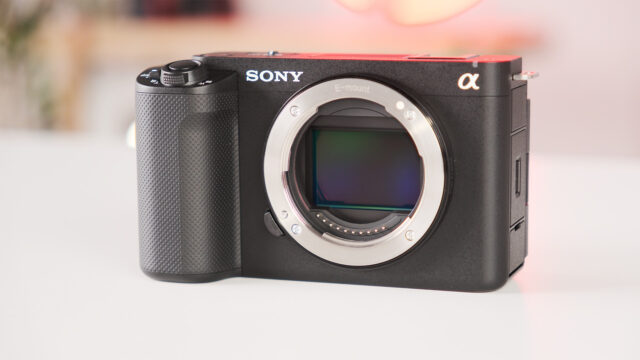
First, the compact and lightweight form factor of the Sony ZV-E1 could be seen as a legacy of the A7C. Indeed, the ZV-E1 is 121mm wide and only 72mm high, with a depth of 54mm and a weight of 483g/1,06lbs. With such a small size, it’ll be easy to carry it in your bag all day long. However, if you have big hands, you might have your pinky in the air while shooting, as the grip is relatively tiny.
Doug Jensen's Sony FX6 Camera Master Class
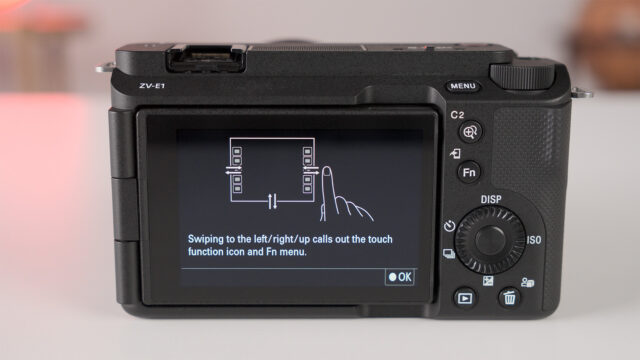
You’ll find a Vari-angle LCD touchscreen at the back of the camera but no viewfinder. Also, you’ll find a new “step zoom” button at the back of the camera that you can use in combination with the zoom lever. This button will engage the Clear Image Zoom function that digitally zooms in on the footage without losing quality. In 4K, you can zoom up to 1.5 times and 2 times in Full HD.
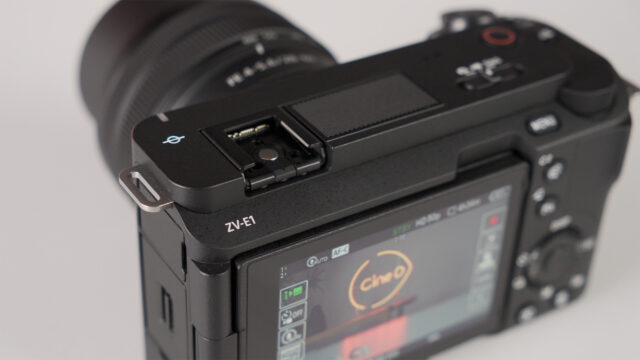
On the top left of the camera is a Sony MI Hot Shoe Mount compatible with the company’s cable-free microphones. Also, you’ll find a tally lamp and an upgraded 3-capsule microphone that allows you to choose the built-in or external mic’s front/rear/omni directivity in the camera menu.
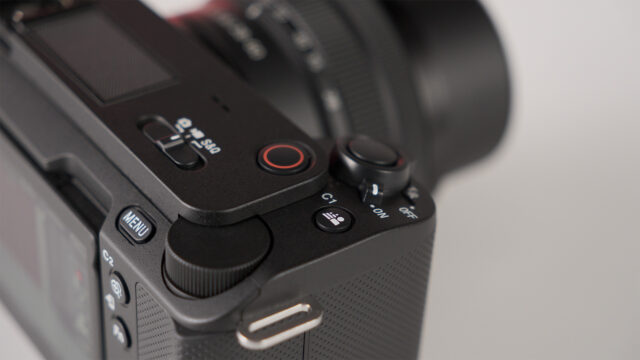
Below the On/Off switch on the top right, you’ll find a still/movie/S&Q switch. There is also a zoom lever, a dedicated REC button, and a dial to adjust your aperture/shutter settings, for example. You’ll also find two exciting buttons in this area: a “bokeh switch” button and a button dedicated to product shooting. As its name suggests, the bokeh switch button lets you open/close your aperture to isolate a subject. Then, the camera will automatically compensate for the exposure change by adjusting the shutter speed and ISO.
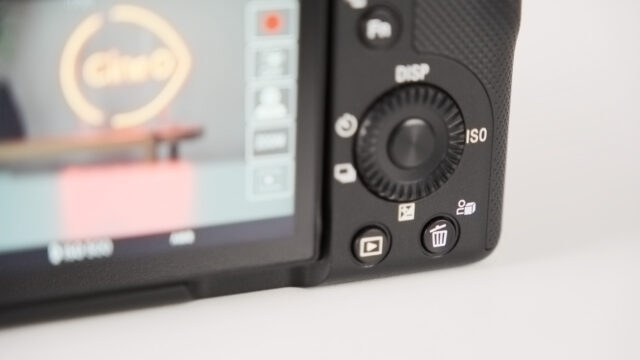
The “product showcase” button will be handy for vloggers/YouTubers that are holding a product to the camera and want it to focus on it instead of their face.
Connectivity, input & output ports
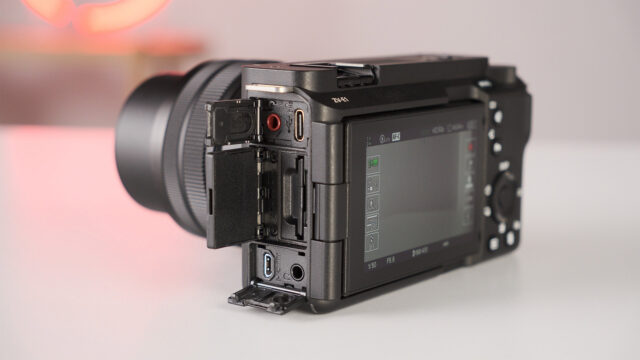
On the right side of the Sony ZV-E1, you’ll find a 3.5mm audio input and a headphone jack, a USB-C port that supports power delivery, an SDHC/SDXC card slot, and a micro HDMI output port. Unfortunately, this micro HDMI port does not support any RAW output.
Also, the camera has built-in wireless connectivity (WiFi 2.4 and 5GHz) to connect your smartphone and transfer files via the Creators’ Cloud app. For live streaming, you can use the USB-C output port to live stream 4K30p and FHD60p content.
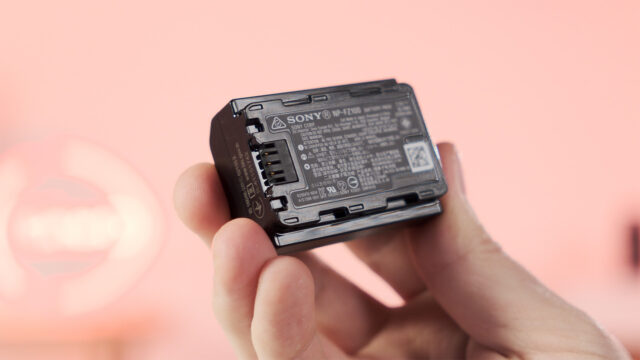
Lastly, the camera is powered by NP-FZ100 batteries, similar to the one used by the FX30/FX3, with a claimed battery life of 95min.
Image sensor
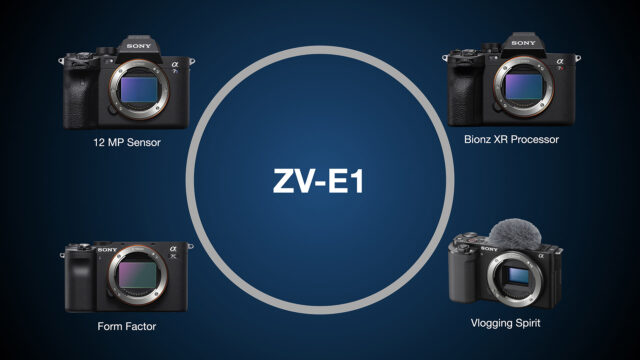
The newest Sony ZV-E1 looks like a blend of ZV-series’ easy-to-use VLOG functions, the a7S III 12MP image sensor, the BIONZ XR and AI chipset found in the a7R IV, and the compact form factor of the A7C.
So let’s start with the image sensor. As it has the same one found in the a7S III, you’ll get impressive low-light performances with a maximum ISO of 409,600 and a solid 12 stops of dynamic range according to our Lab Test of the a7S III.
The camera features built-in 5-axis image stabilization (IBIS). Also, a new “Dynamic Active mode” will combine IBIS and electronic image stabilization to stabilize your footage further. According to Sony, in Dynamic Active mode, “combined with a wide-angle lens, handheld shooting is possible even in fast walking scenes that would otherwise be difficult without the use of a gimbal.”
Recording modes
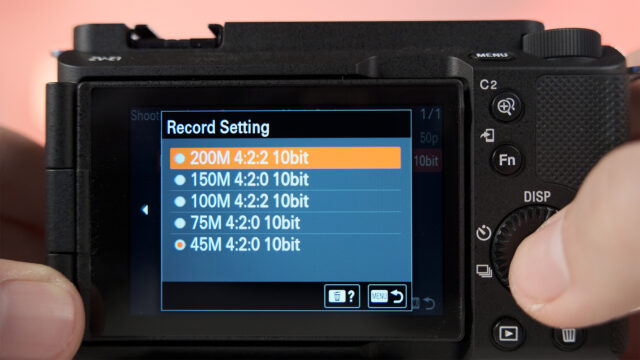
The Sony ZV-E1 can record internally in 4K60P in 10-bit 4:2:2 All-Intra. According to Sony, your footage will be recorded using the entire 4K full-frame image sensor without pixel binning. However, as I mentioned, there is no RAW output via the micro-HDMI port.
Also, a future free firmware update will unleash the camera’s full capabilities with the addition of 4K120P and FHD240P recording modes.
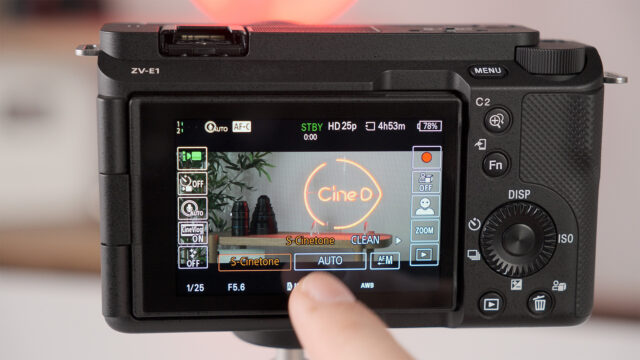
The ZV-E1 features an interesting “Cinematic Vlog Setting” that will bake in 2.35:1 cinemascope black bars in your 16:9 footage.
Picture profiles
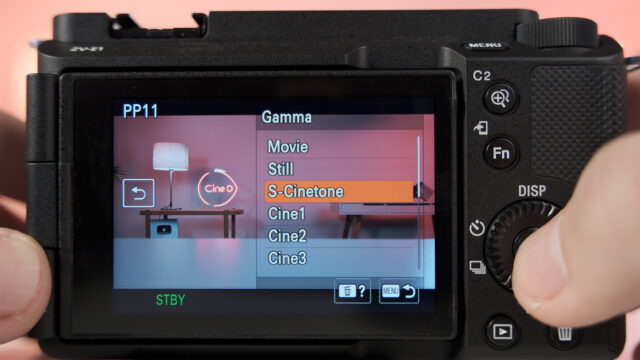
Regarding picture profiles, you’ll get the classic S-Log 3/S-Cinetone and four other looks: Clean/Chic/Fresh/Mono.
The ZV-E1 is one of the first cameras that features four extra “mood” settings that you can choose to change the color tone of your image. These moods include:
- Auto: colors optimal for the environment
- Gold: warm colors
- Ocean: cool colors
- Forest: vintage/nostalgic colors
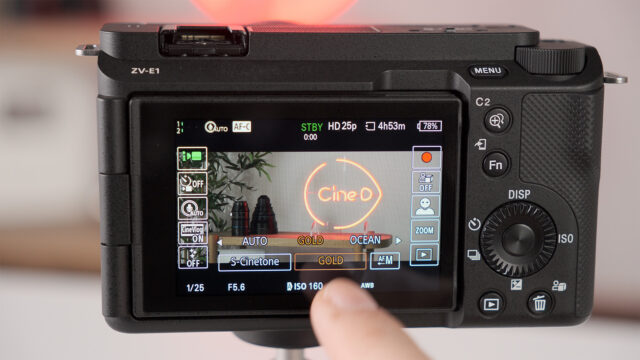
In total, you can get 17 different looks in-camera by combining a picture profile (Sony calls it a “look”) and a mood, except for the Mono black and white picture profile that can’t be mixed up with a Mood color setting.
Autofocus performances
In terms of autofocus performances, modes, and features, the Sony ZV-E1 is very well-equipped with the BIONZ XR processing engine and dedicated AI processing unit found on the a7R V, the a7 IV, the a1 and, a7S III. Here is everything you’ll get:
- Focus map and AF assist
- Focus-breathing compensation
- AF subject shift sensitivity settings and AF transition speed
- Subject recognition: animal, bird, insect, car/train/airplane, and humans
Regarding humans, the camera can recognize the “human pose, based on AI and using deep learning technology.” In short, the camera should recognize a subject even from the back or when their face is covered.
As a camera for vloggers, it should be hard to get blurry footage with the ZV-E1. But AI-based and vlogging features do not end here.
Sony ZV-E1 AI-based and vlogging features
Sony put a lot of “powered by AI” features into their ZV-E1. First, there is the Auto Framing mode. For example, when you are shooting an interview or music performance, the camera can identify the subjects in the frame and automatically crop the image to “keep the subject in a prominent position.” You can customize the crop level (full/medium/small crop) and the framing tracking speed. So why is this interesting?
Using an external recorder, you can record the full uncropped image. Then, the ZV-E1 can internally record a second clip that is cropped. That way, you have two clips with different crop levels, which can be handy for quick turnaround interviews, for example. This mode will work best for lock-up shots with the ZV-E1 on a tripod.
The next AI-based feature is what Sony calls “Framing Stabilizer.” This mode automatically keeps the subject’s position in the frame while applying Dynamic Active mode image stabilization. So, if you are following someone walking handheld, the subject will always be dead center.
Price and availability
The Sony ZV-E1 will be available in April 2023 for $2,198. A kit is also available with the Sony FE 28-60mm F/4-5.6 for $2,498.
I think this is an excellent offer for vloggers and YouTubers working on tight deadlines or content creators looking for a compact camera body but don’t want to sacrifice any features.
For more information, please visit Sony’s website here.
What do you think about this ZV-E1 compact mirrorless camera? Could it be a lovely addition to your kit or as a daily creation tool? What feature are you the most excited about? Don’t hesitate to let us know in the comments down below!
